I Ching, Yijing or Zhou Yi
"Oracle of the moon": © 2000 LiSe
 Yi Jing, Oracle of the Moon
Yi Jing, Oracle of the Moon

The structure of the soul
Maps for navigating the soul.
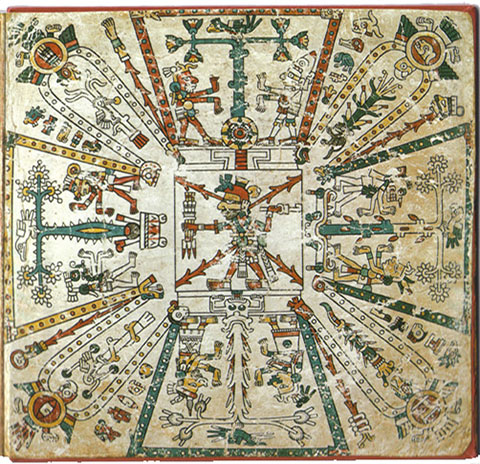
This image is one of the innumerable ways to depict the structure of the soul of living creatures. Every culture has its own ways, and many individuals within a culture find their own unique way to represent this structure. Many different expression of the same basic pattern.
For precolumbian codices see newcastle.edu.au
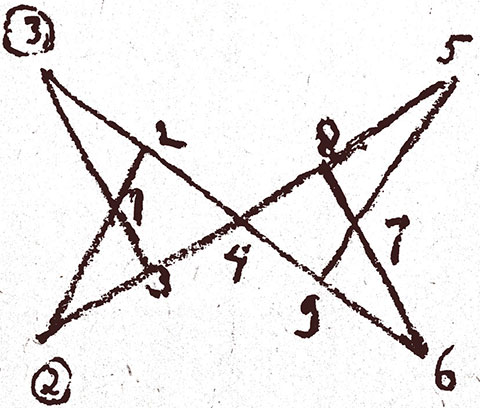
In the "System of Anton Heyboer" the numbers represent values. The two poles with which any creation begins are 2, the father or yang, and 3, the mother or yin.
They create 1, the "beeing", the child, the being, the essential core of every creature.
It projects the image of its creators to a holy example. The Male, the Female, or relativity and innocence, oneness and duality, but all like holy images that are part of the soul, hence the circles/halos around the numbers.
A being cannot stay on its own, it needs to enter the world.
This passage means suffering and the ability to accept it: 4. The gate out of paradise, or the cross of Christ.
In the world the being turns its idea of relativity into 5, the point of
the utmost male possible, and of innocence into 6, the utmost female possible. They have to be in balance and they have to fit in the world. Too strong and they will turn into madness and insanity respectively.
Too weak and one will be left at the fringes of society with a pale personality.
Point 7 is sense of guilt or the ability to relativize, to put things into perspective - or the artist. He brings the balance. 5 becomes 8, the mind, ratio. Point 6 becomes 9, the soul, temptation or inspiration. Anton: "drawing a vertical line through point 4 would stop it, and then there is nothing to say anymore".
But when we compare this system with the astrological circle, then similarities appear...
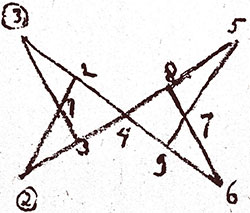
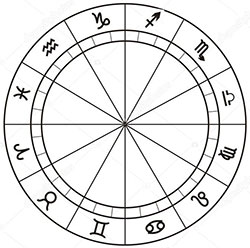
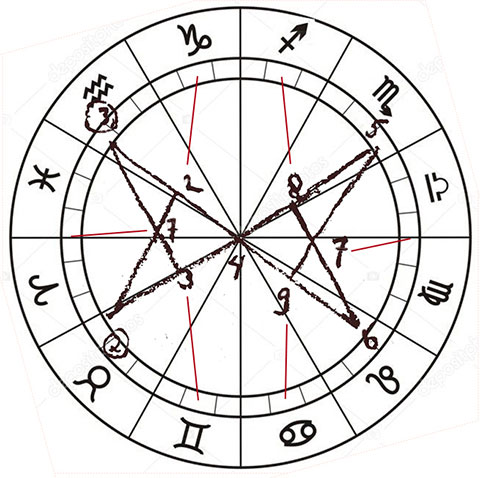
It speaks for itself. Not only gods and spirits are derived from images of the earth and heaven, our soul also has the shape of the earth and heaven.
The ancient peoples

In this image I have rotated the Fejéváry Codex so that North is at the top and East is at the left, as is the astrological circle placed over it.
The fixed signs come in the corners. Interesting is that the Catholic cross occasionally places four apostles at the four arms as the four fixed signs, Aquarius at the top, Leo at the bottom, Taurus at left, Eagle (an old image of Scorpio) at right.
In the center always the sun (-god), center of the rotation of the planets. Astrology takes into account the angle of the planets relative to the Earth, but their 'kind' of influence mainly has to do with their distance from the sun, their order.

Thangka painting of Manjuvajra mandala.
The text in Wikipedia
A mandala is a geometric configuration of symbols. It is a spiritual guidance tool, a map representing deities or 'paradises' and an aid to meditation and trance induction.
In all cultures people have not only drawn maps to navigate the earth but also maps to navigate the soul.
A little side excursion...
I used to miss the rulers of Taurus and Gemini. They are substituted bij Venus and Mercury, but I found their hiding place.
The planets are circling in belts. Each belt has has its own subtle all-around influence, the planet is a focus-point in its belt. Some belts have no big planet, but a small one, or even more of them. Haumea and Makemake are in a belt beyond Pluto, and Eris still farther from the earth. For simplicity I call the combination of Haumea (godess of creation) and Makemake (god of the sky) together Iris (goddess of the rainbow). It is the attraction between heaven and earth, between universe (or god) and nature, the spiritual and the real: the transcendence of Venus (immortal vv mortal love). Eris is strife but also 'striving' or emulation: trying to be as good as an example or vision. Eris is the transcendence of Mercury (immortal vv mortal communication).
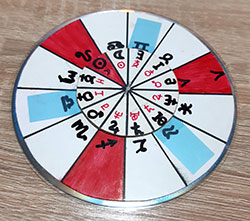
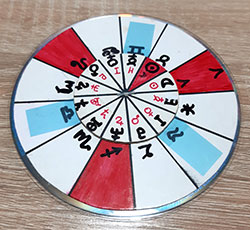
At left the 'rulers' of each sign: it starts with the sun in Leo.
At right: the sun in Taurus is 'exalted', and around the circle all planets show the signs in which they are exalted.
At left the ruler of Taurus is "Iris", the ruler of Gemini is Eris. At right Iris is elevated in
Aquarius, Eris is elevated in Pisces.